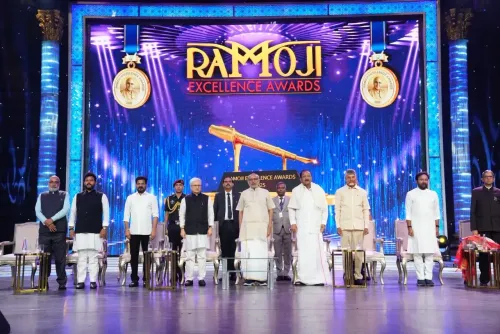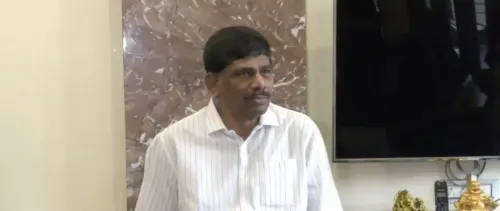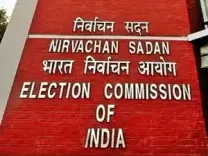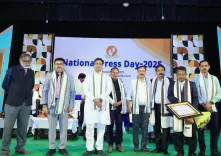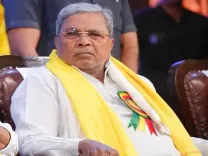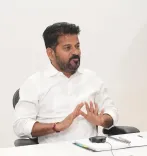Why is CPI(M) criticizing the Centre for honoring RSS with a postage stamp and coin?
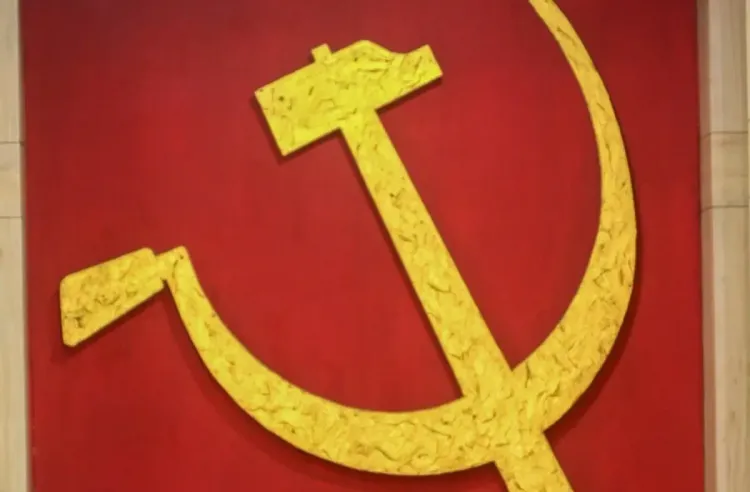
Synopsis
Key Takeaways
- CPI(M) criticizes the government's actions.
- The celebration of RSS raises constitutional concerns.
- Historical inaccuracies are highlighted by CPI(M).
- The portrayal of Bharat Mata as a sectarian symbol is contested.
- The RSS's role in India's history is questioned.
Kolkata, Oct 1 (NationPress) The CPI(M) has voiced its disapproval of the Union government following the unveiling of a postage stamp and a 100-rupee coin by Prime Minister Narendra Modi to commemorate the 100th anniversary of the Rashtriya Swayamsevak Sangh (RSS).
The party's politburo issued a statement denouncing the occasion as a serious affront and disrespect to the Constitution of India, which, they argue, has never been acknowledged by the RSS.
According to the leadership of CPI(M), it is deeply concerning that an official coin features the “Bharat Mata” image, a representation of a Hindu goddess promoted by the RSS as a symbol of its sectarian vision of a Hindutva Rashtra.
“The postage stamp depicting uniformed RSS volunteers at the 1963 Republic Day parade distorts historical facts. The claim that Nehru invited the RSS to partake in the parade to honor its patriotism during the Indo-China war is misleading. Evidence suggests that the 1963 parade was primarily a gathering of over one lakh citizens, with the presence of uniformed RSS members being unreported and incidental,” the statement from the party's politburo asserted.
The CPI(M) leadership contended that the entire initiative surrounding the release of the postage stamp and coin is an attempt to gloss over the RSS's role, which not only distanced itself from the struggle for independence but also bolstered the British strategy of divide and rule, thereby undermining the unity essential for the fight against colonialism.
“The history of independent India has witnessed severe communal violence, with the RSS's involvement documented in numerous official commission reports. Currently, the RSS and its affiliates continue to target minority communities and marginalized groups through the propagation of manuvadi ideologies. This is the harsh reality of the RSS’s history that the Prime Minister aims to obscure through his actions, thereby diminishing the dignity of his constitutional office,” the politburo statement concluded.

